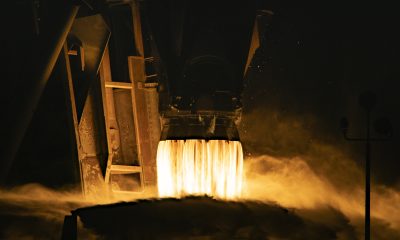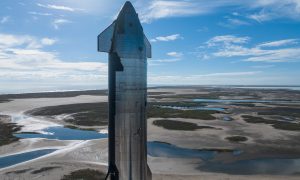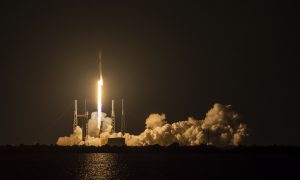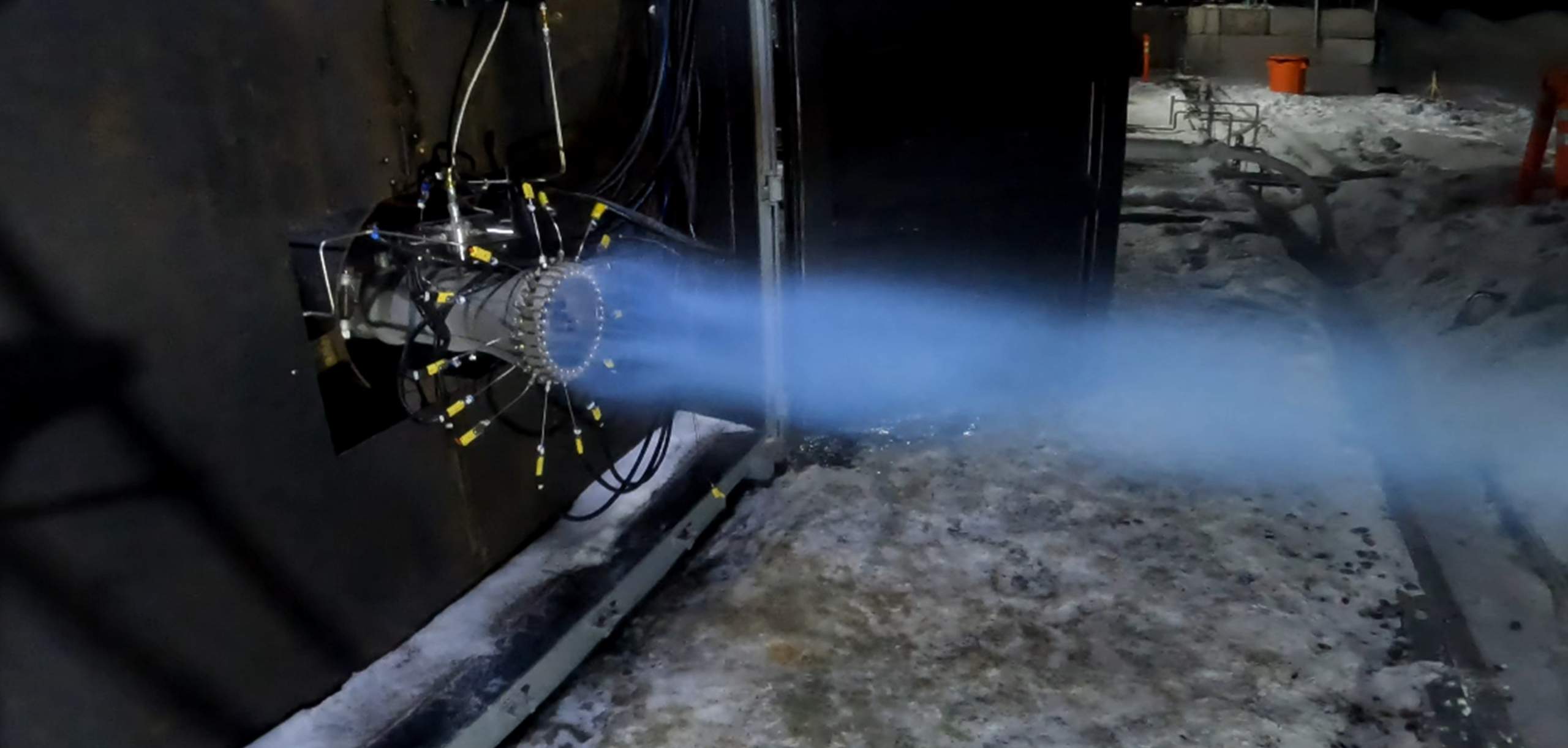

News
Stoke Space to build SpaceX Raptor engine’s first real competitor
Seattle startup Stoke Space has revealed plans to develop an efficient rocket engine similar to the Raptors that power SpaceX’s Starship.
Formed in October 2019, Stoke Space secured its first significant round of funding – $9.1 million – less than three years ago. At that time, CEO and co-founder Andy Lapsa says that the startup had just five employees, no permanent workspace, and a “barren field” for a test site. Within 18 months, Stoke Space had turned that empty field into an impressive test facility, conducted numerous component tests, and assembled its first full-scale rocket engine – an exotic UFO-like device unlike any seen before.
It also raised another $65 million – enough funding to begin earnestly developing a potentially revolutionary rocket capable of launching more than 1.65 tons (~3600 lb) into orbit for less than half a million dollars. To realize that extremely ambitious goal, Stoke Space has taken the even more ambitious step of attempting to make the first rocket it develops fully reusable. Simultaneously, the company has incorporated several exotic technologies into that rocket, recently culminating in a surprise announcement that it will attempt to develop one of the most difficult types of engines to power that rocket’s booster stage.
The update that's rolling out to the fleet makes full use of the front and rear steering travel to minimize turning circle. In this case a reduction of 1.6 feet just over the air— Wes (@wmorrill3) April 16, 2024
Full-flow staged combustion
At the end of an extended interview and tour with YouTuber Tim Dodd (The Everyday Astronaut), CEO Andy Lapsa revealed that Stoke Space has decided to build a full-flow staged combustion (FFSC) engine for the first stage of its reusable rocket. FFSC is the most efficient type of combustion cycle available for a chemical bipropellant rocket engine, but it’s also the most difficult to develop.
A full-flow engine attempts to squeeze every possible ounce of performance out of the propellant it consumes. The most powerful and efficient chemical rocket engines must consume huge volumes of propellant in a short amount of time without destroying the launch vehicle they’re attached to. To create pressure and spin the pumps that are needed to feed that propellant into their main combustion chamber, engines often burn a small amount of propellant in a separate gas generator or preburner. Gas-generator engines vent that exhaust overboard, reducing efficiency but making for a much simpler design. Staged-combustion engines use preburners to create gas that pumps liquid propellant, and that exhaust gas is eventually injected into the main combustion chamber.
Full-flow staged combustion sets itself apart by having two separate pumps and preburners for oxidizer and fuel. Unlike simpler variants of staged combustion, FFSC engines turn all of their propellant into gas before injecting it into the combustion chamber. That hot gas increases the heat of combustion and the pressure inside the combustion chamber, ensuring that virtually all of the propellant that flows through the engine is combusted and turned into thrust as efficiently as possible. FFSC is exceptionally difficult because of the extra-high temperatures and pressures it requires, as well as the need for an oxygen-rich preburner and pump. In a high-pressure, hot-oxygen environment, virtually anything imaginable – including most metals – will spontaneously combust.
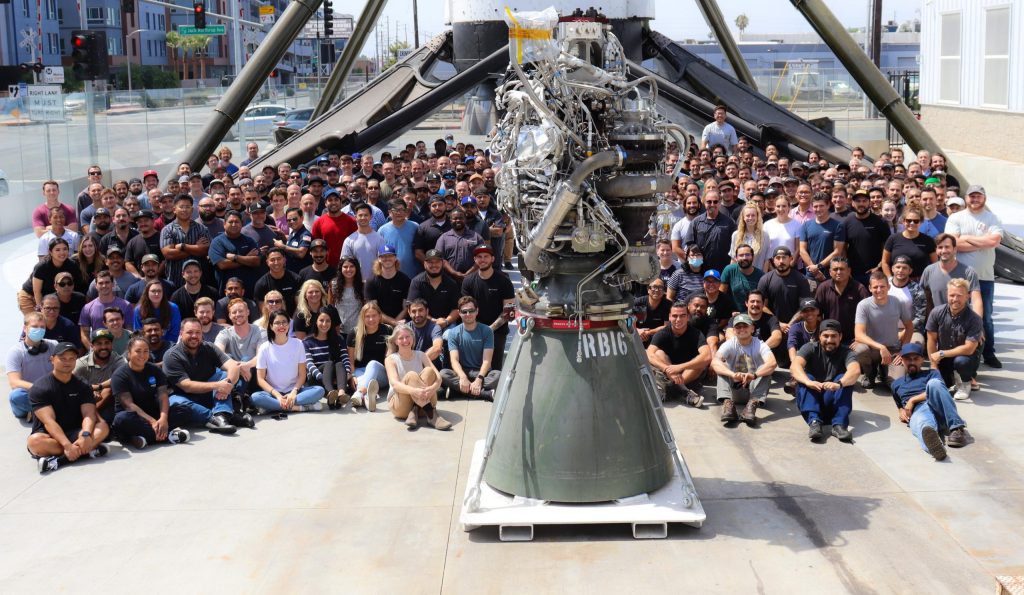
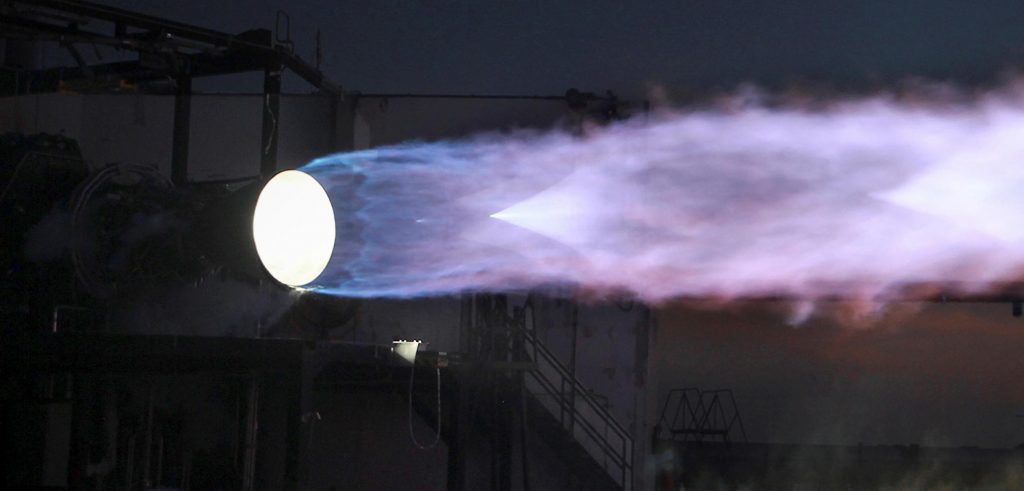
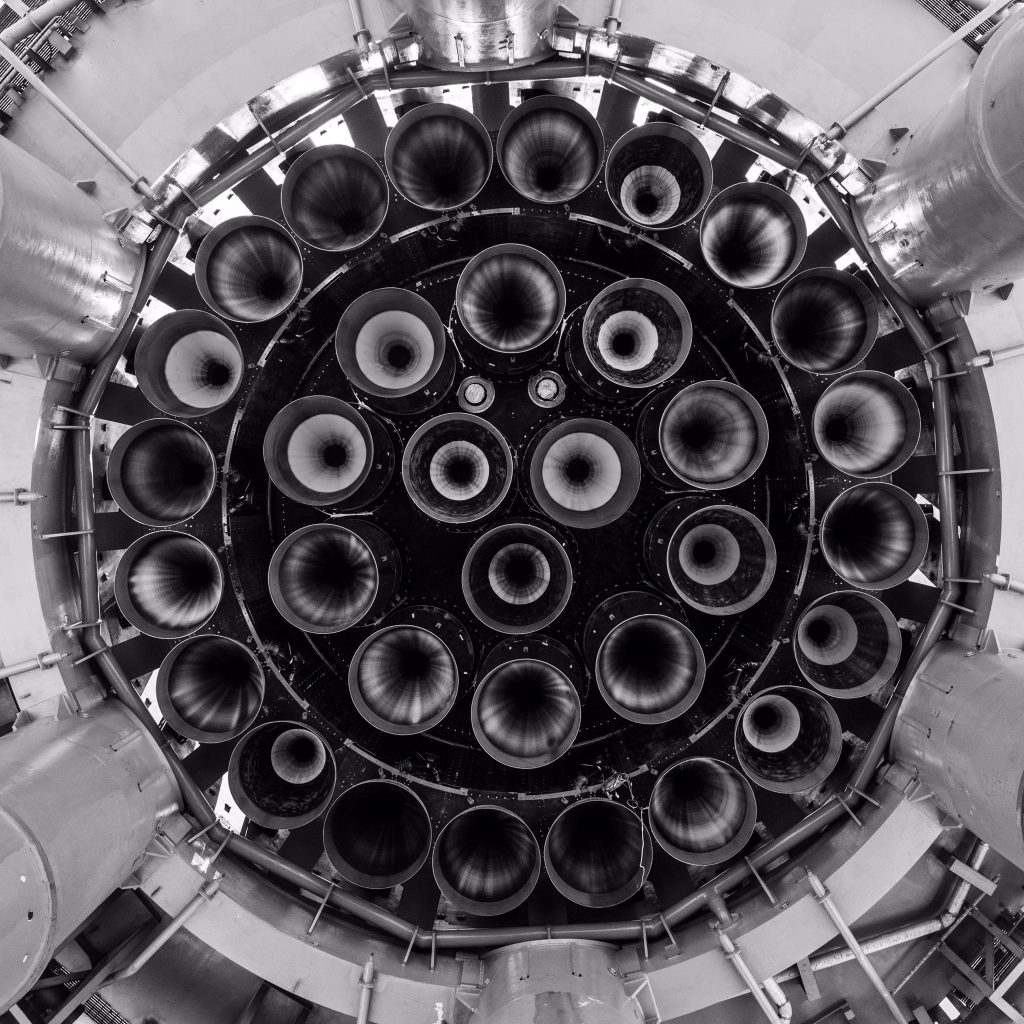

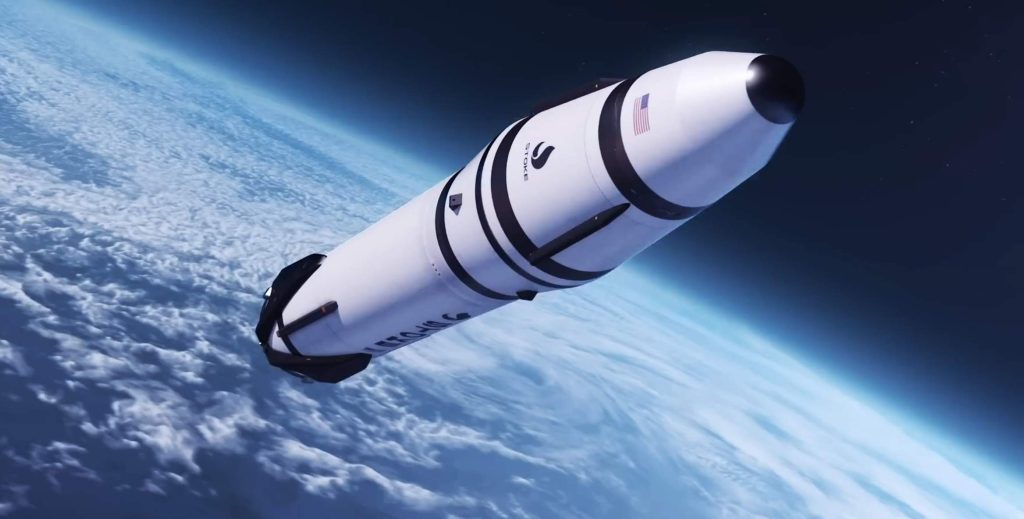
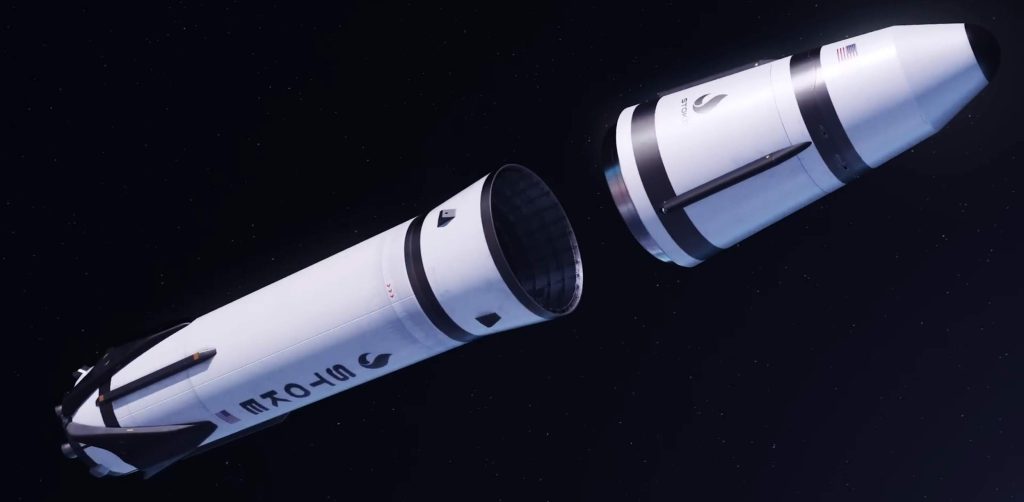
Only complex custom-designed alloys can survive those conditions. SpaceX’s Raptor, the only FFSC engine that has ever flown, is especially difficult because it’s meant to be highly reusable. To be successful, Raptor will have to survive those conditions dozens or even hundreds of times in a row with little to no maintenance in between.
The first booster engine Stoke Space ever attempts to build will be a reusable full-flow staged combustion engine powered by liquid methane and liquid oxygen – essentially a smaller version of SpaceX’s Raptor. Stoke’s booster is otherwise familiar and features deployable landing legs like SpaceX’s Falcon boosters. Lapsa says it will likely also have grid fins.
Reusing the upper stage
In some ways, the upper stage of Stoke’s first rocket is even more ambitious. Powered by hydrogen and oxygen propellant, Stoke has designed a conical capsule-like upper stage with an integral fairing. The upper stage’s propulsion is exotic and unique. A large pump will feed propellant to up to 30 combustion chambers distributed around the rim of its heat shield. The exhaust coming from those 30 chambers will expand and partially push against the upper stage’s equally exotic metallic, liquid-cooled heat shield. That expansion against the heat shield improves the efficiency of the upper stage and means that its engine will technically be an aerospike.
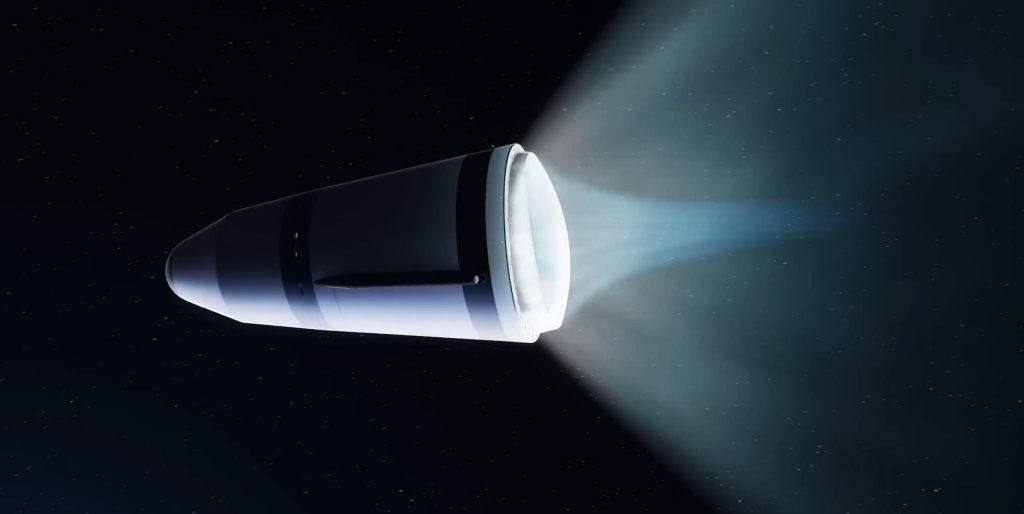
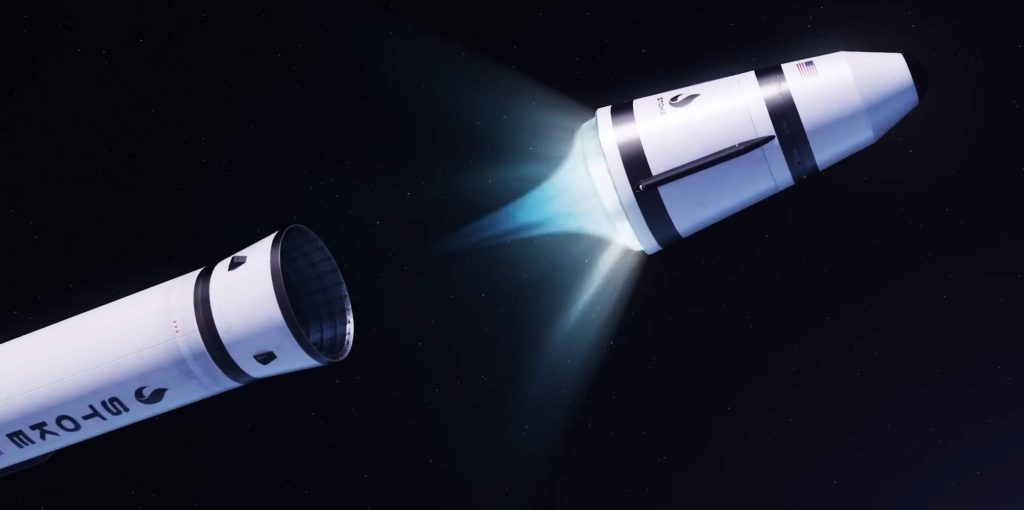
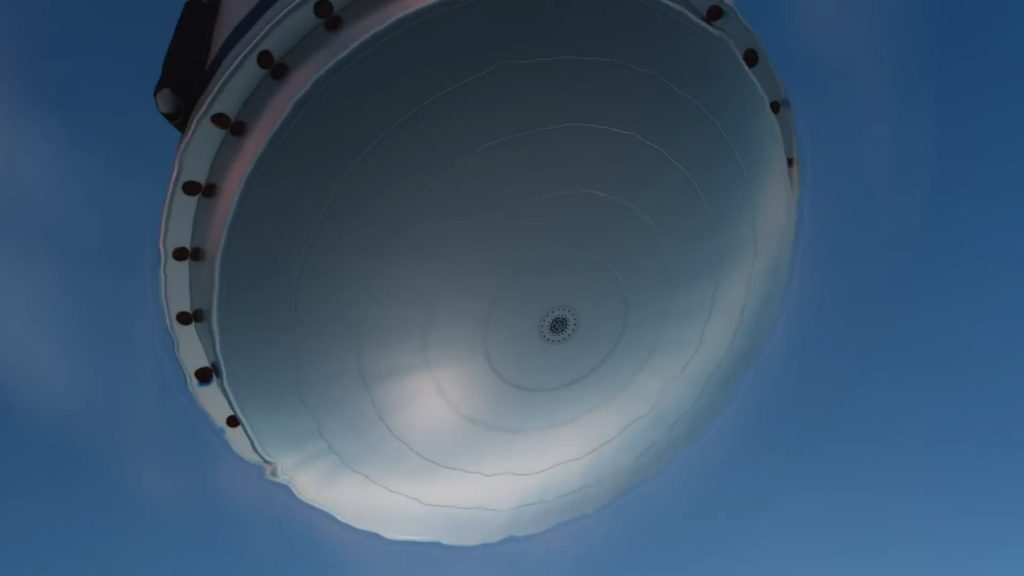
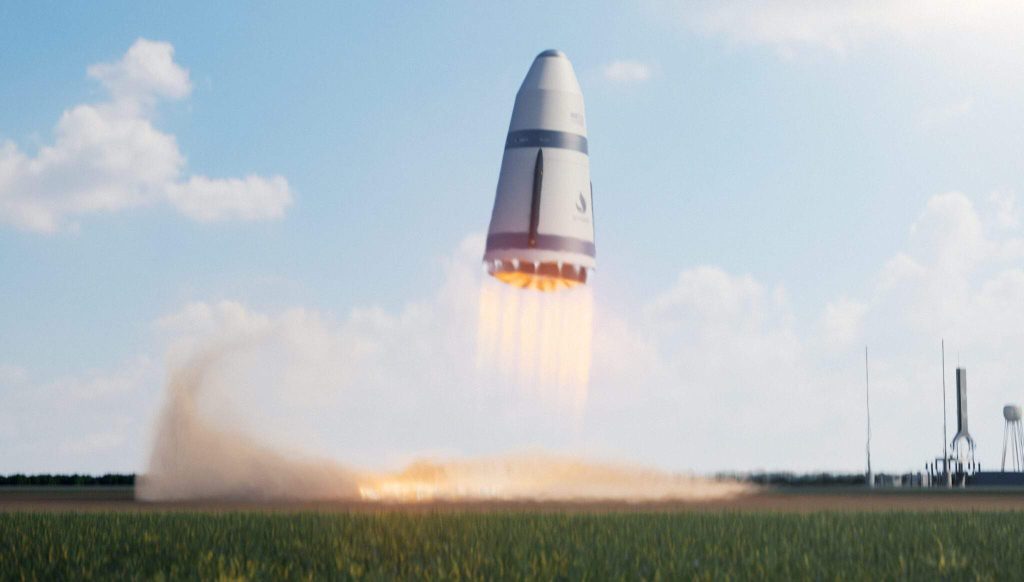
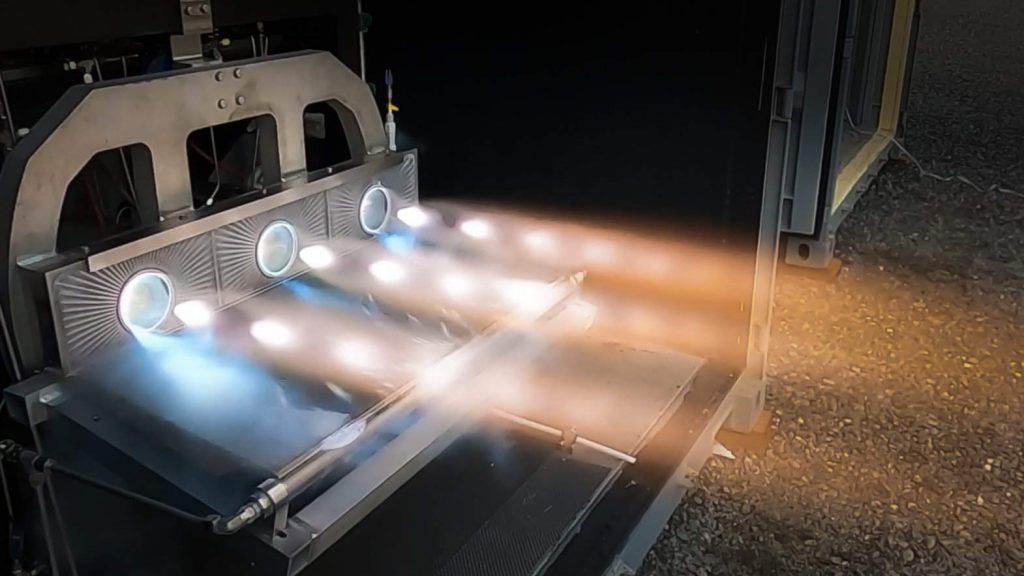
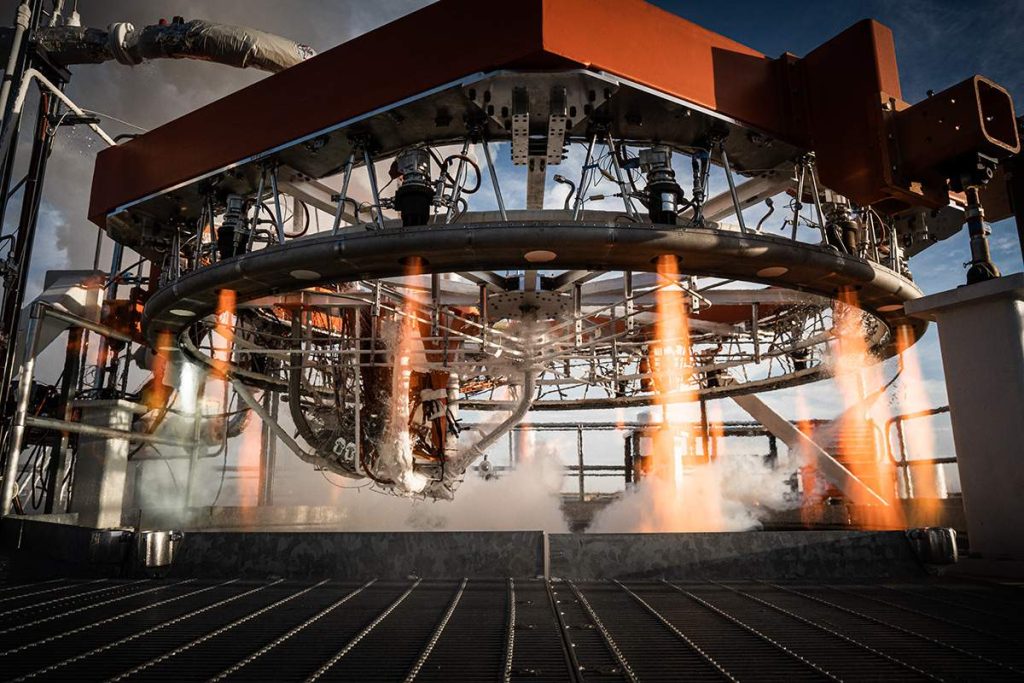
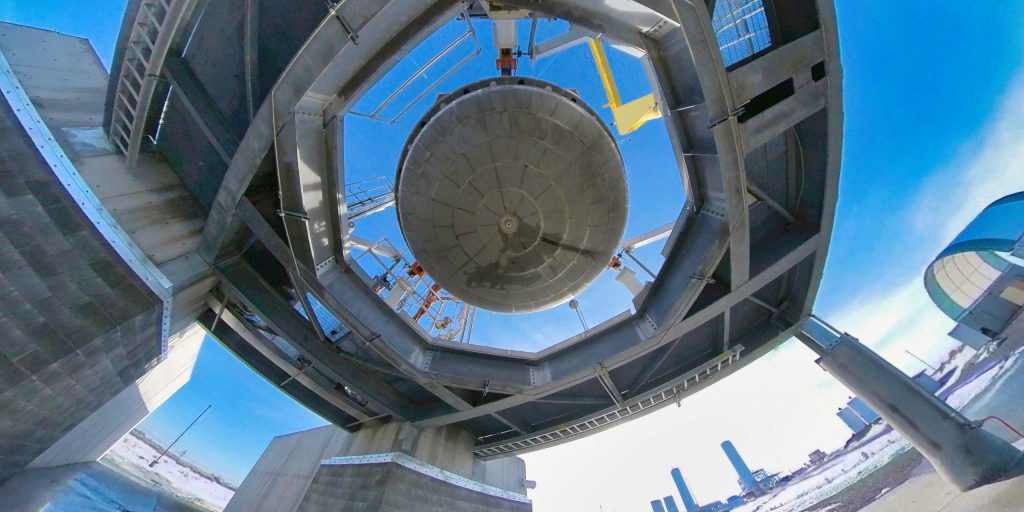
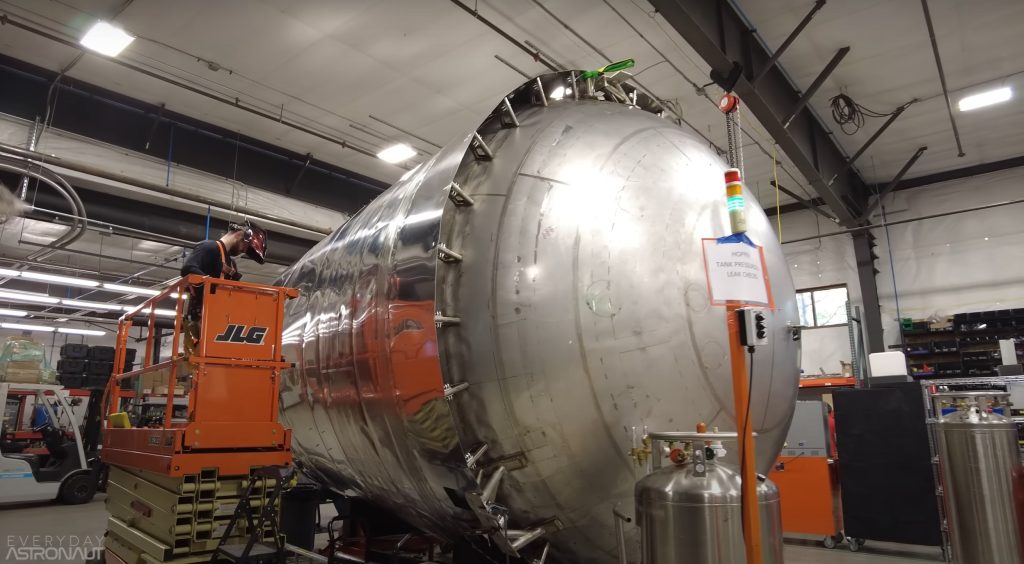
Stoke has already begun testing a full-scale version of the upper stage’s UFO-like rocket engine with 15 combustion chambers. Since testing began in the second half of 2022, Stoke has completed dozens of static fires. Everyday Astronaut’s tour also revealed that the startup has made significant progress fabricating and assembling its first full-scale upper stage prototype – tanks, nosecone, heat shield, engine, and all.
Reminiscent of SpaceX’s Grasshopper and Starhopper campaigns, Stoke plans to conduct hop tests with that prototype if it makes it through qualification testing. On February 7th, Stoke also revealed that it’s begun testing a crucial component of its full-flow booster engine. All told, Stoke Space is making progress at a remarkable pace and continues to tackle the hardest problems. The startup has also avoided widely publicizing any specific deadlines, instead choosing to let hardware and tangible results speak for themselves. Only time will tell if that approach pays off, but Stoke is off to an exceptionally impressive start in an industry full of impressive rocket startups.
Investor's Corner
Tesla Board member and Airbnb co-founder loads up on TSLA ahead of robotaxi launch
Tesla CEO Elon Musk gave a nod of appreciation for the Tesla Board member’s purchase.

Tesla Board member and Airbnb Co-Founder Joe Gebbia has loaded up on TSLA stock (NASDAQ:TSLA). The Board member’s purchase comes just over a month before Tesla is expected to launch an initial robotaxi service in Austin, Texas.
Tesla CEO Elon Musk gave a nod of appreciation for the Tesla Board member in a post on social media.
The TSLA Purchase
As could be seen in a Form 4 submitted to the United States Securities and Exchange Commission (SEC) on Monday, Gebbia purchased about $1.02 million worth of TSLA stock. This was comprised of 4,000 TSLA shares at an average price of $256.308 per share.
Interestingly enough, Gebbia’s purchase represents the first time an insider has purchased TSLA stock in about five years. CEO Elon Musk, in response to a post on social media platform X about the Tesla Board member’s TSLA purchase, gave a nod of appreciation for Gebbia. “Joe rocks,” Musk wrote in his post on X.
Gebbia has served on Tesla’s Board as an independent director since 2022, and he is also a known friend of Elon Musk. He even joined the Trump Administration’s Department of Government Efficiency (DOGE) to help the government optimize its processes.
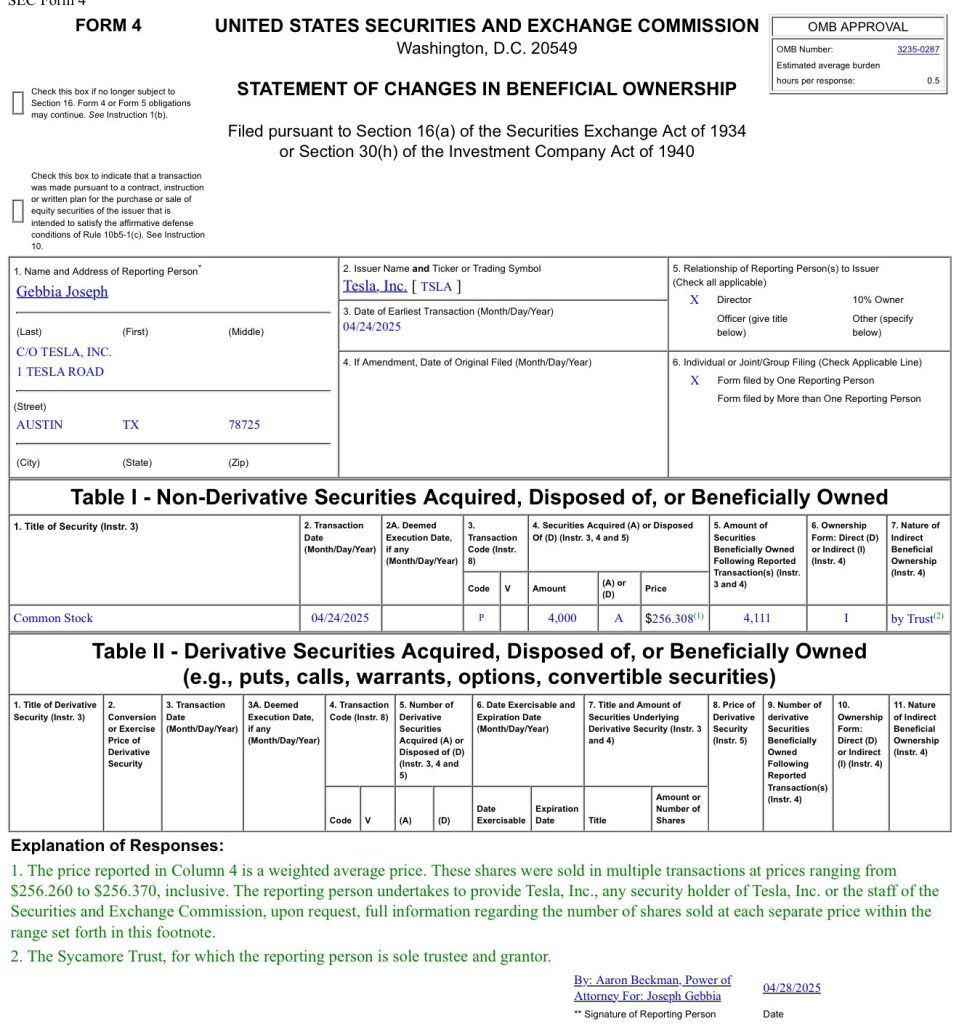
Just a Few Weeks Before Robotaxi
The timing of Gebbia’s TSLA stock purchase is quite interesting as the company is expected to launch a dedicated roboatxi service this June in Austin. A recent report from Insider, citing sources reportedly familiar with the matter, claimed that Tesla currently has 300 test operators driving robotaxis around Austin city streets. The publication’s sources also noted that Tesla has an internal deadline of June 1 for the robotaxi service’s rollout, but even a launch near the end of the month would be impressive.
During the Q1 2025 earnings call, Elon Musk explained that the robotaxi service that would be launched in June will feature autonomous rides in Model Y units. He also noted that the robotaxi service would see an expansion to other cities by the end of 2025. “The Teslas that will be fully autonomous in June in Austin are probably Model Ys. So, that is currently on track to be able to do paid rides fully autonomously in Austin in June and then to be in many other cities in the US by the end of this year,” Musk stated.
News
Stellantis unveils solid-state battery for EVs
Stellantis validated solid state battery cells for EVs: ultra-dense, fast-charging, and AI-optimized. Launching demo fleet by 2026.
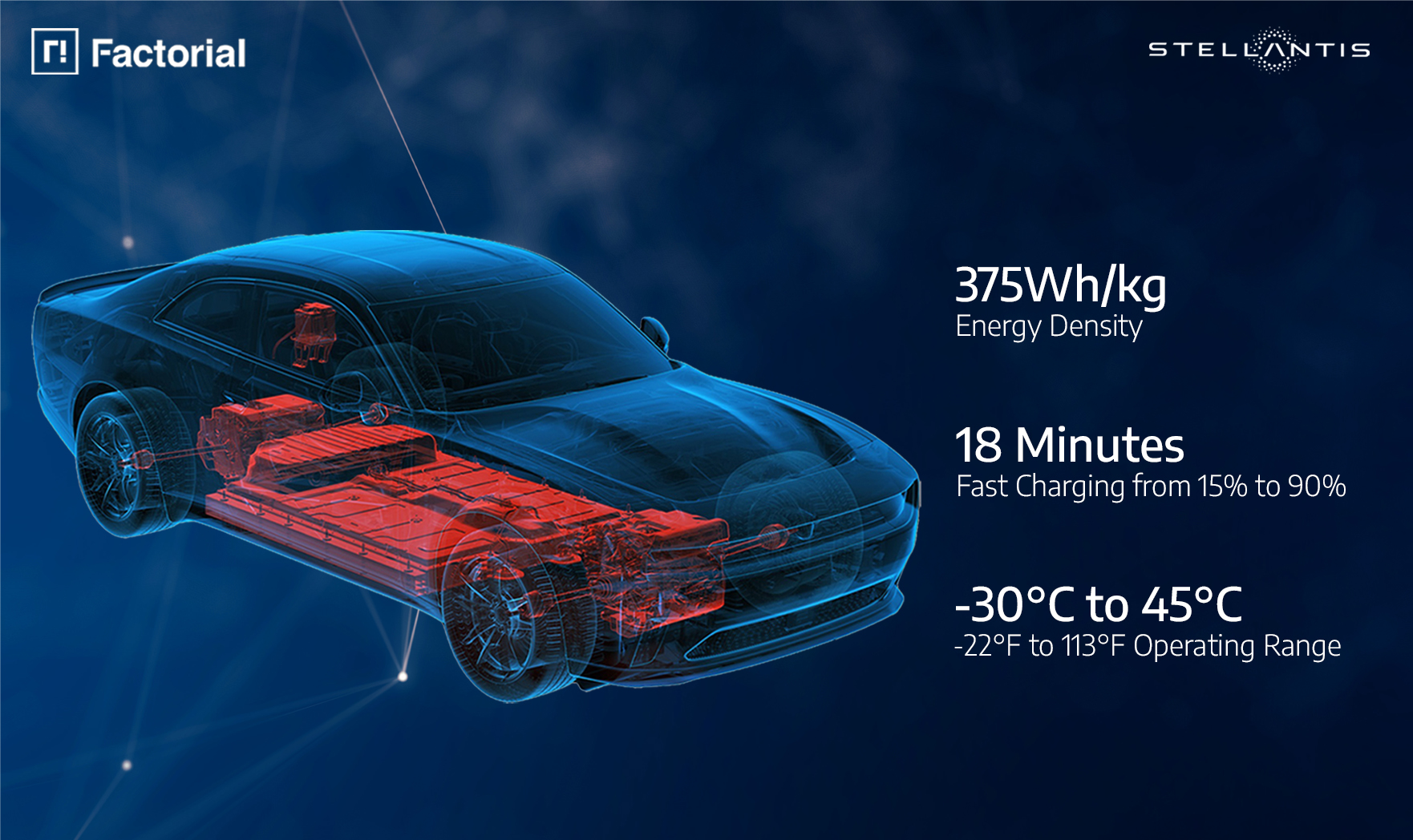
Stellantis N.V. and Factorial Energy have validated Factorial’s automotive-sized FEST® solid-state battery cells, a major milestone for next-generation electric vehicle (EV) batteries. The breakthrough positions Stellantis and Factorial to advance EV performance with lighter, more efficient batteries.
“Reaching this level of performance reflects the strengths of our collaboration with Factorial.
“This breakthrough puts us at the forefront of the solid-state revolution, but we are not stopping there. We continue working together to push the boundaries and deliver even more advanced solutions, bringing us closer to lighter, more efficient batteries that reduce costs for our customers,” said Ned Curic, Stellanti’s Chief Engineering and Technology Officer.
The 77Ah FEST® cells achieved an energy density of 375Wh/kg, supporting over 600 cycles toward automotive qualification. Unlike lithium-ion batteries, these solid-state cells charge from 15% to over 90% in 18 minutes at room temperature and deliver high power with discharge rates up to 4C. Factorial’s AI-driven electrolyte formulation enables performance in temperatures from -30°C to 45°C (-22°F to 113°F), overcoming previous solid-state limitations.
“Battery development is about compromise. While optimizing one feature is simple, balancing high energy density, cycle life, fast charging, and safety in an automotive-sized battery with OEM validation is a breakthrough,” said Siyu Huang, CEO of Factorial Energy. “This achievement with Stellantis is bringing next-generation battery technology from research to reality.”
The collaboration optimizes battery pack design for reduced weight and improved efficiency, enhancing vehicle range and affordability. Stellantis invested $75 million in Factorial in 2021 and plans to integrate these batteries into a demonstration fleet by 2026. This fleet will validate the technology’s real-world performance, a critical step toward commercialization.
The milestone aligns with Stellantis’ push for sustainable EV solutions, leveraging Factorial’s disruptive technology to meet the rising demand for high-performance batteries. As the companies refine pack architecture, the validated cells promise faster charging and greater efficiency, potentially reshaping the EV market. With the demonstration fleet on the horizon, Stellantis and Factorial are poised to lead the solid-state battery push, delivering cost-effective, high-range EVs to consumers.
News
Tesla China vehicle registrations rise 51% in April’s fourth week
In the week ending April 27, Tesla China saw 10,300 new vehicle registrations.

Tesla China’s new vehicle registrations saw a notable rise in the week of April 21-27, 2025. Over the week, the electric vehicle maker’s registrations saw an impressive 51% week-over-week rise, suggesting that domestic vehicle deliveries are on the rise once more.
Tesla China Results
In the week ending April 27, Tesla China saw 10,300 new vehicle registrations. This represents a notable rise from the company’s registration numbers in the past weeks of April. For context, Tesla China saw 3,600 registrations in the week ending April 6, 5,400 registrations in the week ending April 13, and 6,780 registrations in the week ending April 20, 2025.
Considering that April is the first month of the second quarter, expectations were high that Tesla China was allocating Giga Shanghai’s output for vehicle exports. With 10,300 registrations in the week ending April 27, however, it would appear that the company’s domestic deliveries are picking up once more.
Tesla China does not report its weekly sales figures, though a general idea of the company’s overall perforce in the domestic auto sector can be inferred through new vehicle registrations. Fortunately, these registrations are closely tracked by industry watchers, as well as some local automakers like Li Auto.
Tesla Model 3 and Model Y in Focus
Tesla China produces the Model Y and Model 3 in Giga Shanghai. Both vehicles are also exported from China to foreign territories. As per industry watchers, it would appear that both the Model 3 and Model Y saw an increase in registrations in the week ending April 27.
The Model 3, for one, appears to have seen 3,200 registrations in the week ending April 27, a 14% increase from the 2,800 that were registered in the week ending April 20. For context, Tesla China saw just 1,500 new Model 3 registrations in the week ending April 13 and 1,040 registrations in the week ending April 6.
The Model Y, on the other hand, saw 7,100 registrations in the week ending April 27. That’s a 77.5% increase from the 4,000 that were registered in the week ending April 20. Tesla also saw 3,900 registrations in the week ending April 13, and 2,540 registrations in the week ending April 6, 2025.
-
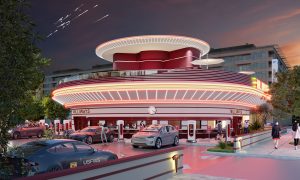
 News1 week ago
News1 week agoTesla’s Hollywood Diner is finally getting close to opening
-
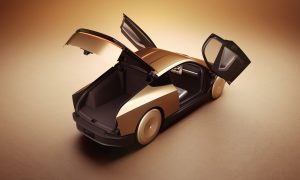
 Elon Musk2 weeks ago
Elon Musk2 weeks agoTesla doubles down on Robotaxi launch date, putting a big bet on its timeline
-
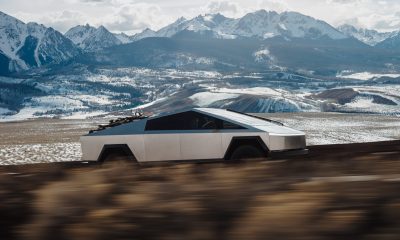
 News4 days ago
News4 days agoTesla is trying to make a statement with its Q2 delivery numbers
-
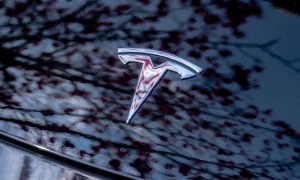
 News2 weeks ago
News2 weeks agoTesla’s top investor questions ahead of the Q1 2025 earnings call
-

 News2 weeks ago
News2 weeks agoUnderrated Tesla safety feature recognized by China Automotive Research Institute
-

 News2 weeks ago
News2 weeks agoTesla reveals its Q1 Supercharger voting winners, opens next round
-
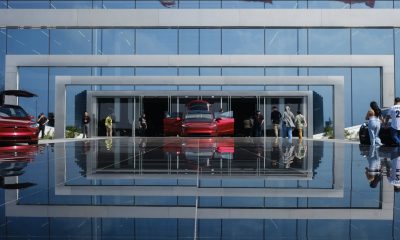
 Investor's Corner7 days ago
Investor's Corner7 days agoLIVE BLOG: Tesla (TSLA) Q1 2025 Company Update and earnings call
-
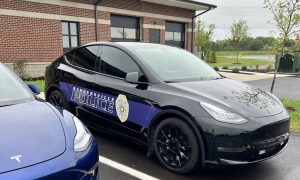
 News2 weeks ago
News2 weeks agoTesla police fleet saves nearly half a million in upkeep and repair costs





